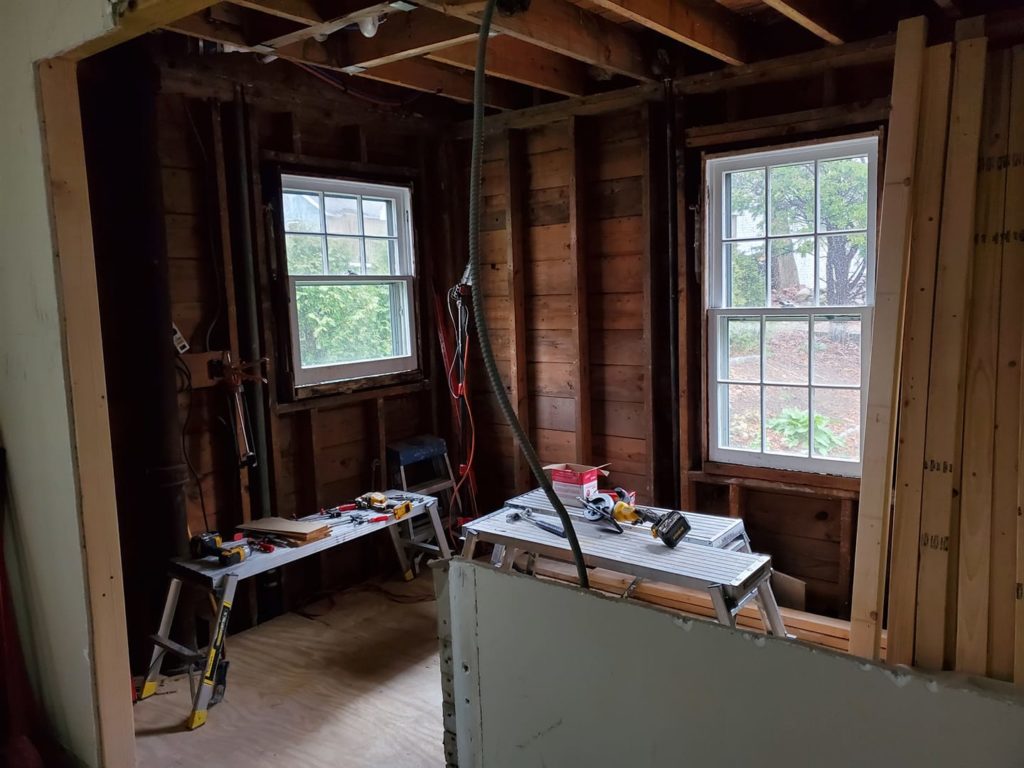A capital improvement is a renovation or addition to property that is recorded as a fixed asset itself. There are certain criteria that the improvements must meet to be categorized as an asset. Let’s look at them here:
The first consideration is your business’s policy for capitalization (categorizing a cost as an asset instead of an expense). Perhaps you’ve decided that the cost must be greater than $5,000 to be capitalized. (Don’t forget to include all taxes, shipping, installation, etc. in this cost.) Any improvement with a cost below this amount would simply be an expense,
In addition, for a capital improvement to be considered a fixed asset, it must be expected to last for at least one year and satisfy one of the following:
- Correct a defect or design flaw
- Create an addition or expansion
- Create an improvement in capacity, productivity, or efficiency
- Rebuild or extends the life of the asset
- Replace a major component or structural part of the property
- Adapt property to a new or different use
- Increase the value of the asset
An example of a capital improvement is a new roof on an office building because it extends the life of the building. Replacing a furnace would be a capital improvement.
If an expenditure does not meet these criteria, then it is categorized as repair and maintenance, an expense. Recurring activities (inspection, cleaning, testing, replacing parts, etc.) that are expected to be performed are expenses. Replacing a thermostat would be an expense.
(click here to read more: asset or expense?)
If a capital improvement is categorized as an asset, then it should be depreciated. There are several methods of depreciation. As a bookkeeper I typically ask the CPA or tax preparer to provide a depreciation schedule.
Have fun! And be nice to your bookkeeper!
Need a bookkeeper?
